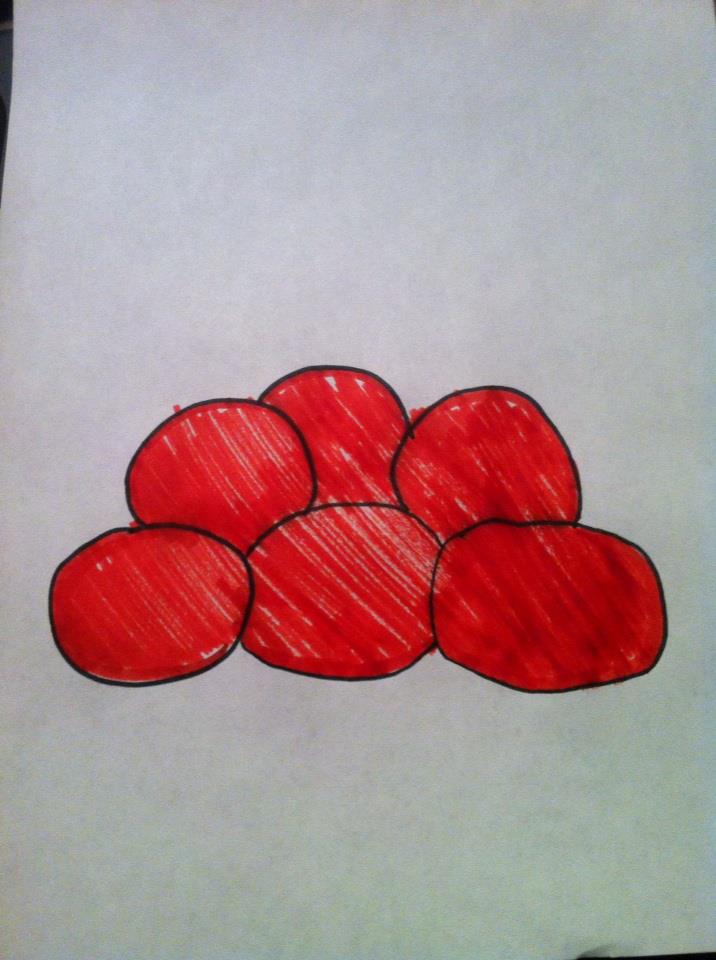Reproduction
Reproduction for this species occurs once per year. This may be due to the fact that most orb-weavers do not survive throughout the winter, the only exception being an occasional large female. They will then be joined by the hatchlings in the spring. Usually this occurs beginning in March and continuing through April. These hatchlings will continue growing throughout October when the males begin to die off after mating due to cold temperatures. The female uses the last of her energy to make her egg sac, lay the eggs and hide it some place safe. Once the spiders emerge from their egg sacs, they quickly disperse to avoid cannibalism and spin an orb of their own (Pascoe 1980). It is extremely important to stress just how vital the capture of large prey items is for reproduction. In many cases females will use the rest of their energy to lay their egg sac (Sensenig et al. 2011). This is characteristic of sexual reproduction. It is very energy costly and in many cases for this particular species takes all the energy they have left.
Another organism in this class, the black widow, exemplifies just how energy costly sexual reproduction is. Characteristic to many of the various spider species, including the Neoscona, the male will crawl onto the female's web and strum on the threads in an attempt to court her. In some cases two males will fight over the same female, the winner then producing the strumming pattern. Once the female chooses a worthy mate, the female black widow will then consume the male to provide sufficient energy for the reproductive processes. It is not uncommon to find a male Neoscona waiting on a female's web until she reaches maturity (Pascoe 1980).
Click on the following link to learn about key interactions that occur:
